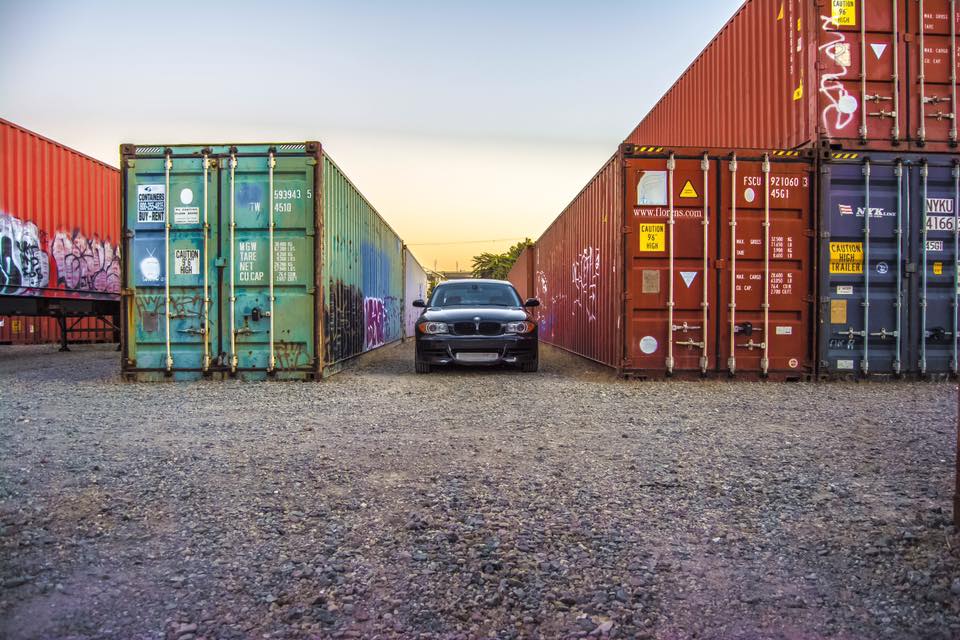
Blog Post Example
Last year, the Golden Gate Chapter resumed long standing tradition to organize detailing tech sessions targeting enthusiasts who like to maintain a good clean look of their prized rides. We received a generous offer from Leo Chan, owner of DetailAddict shop in Santa Clara (detailaddict.com), to host not one but two sessions within a year. People didn’t hesitate to sign up for the events and we had a full house of participants both times. Friendly reminder: try to sign up for detailing tech sessions as soon as possible, because attendance is always limited!
The June session was dedicated to car paint surface cleaning and maintenance. Leo started demonstration using his own E30 325is as a test subject. A good car wash is essential before doing any polishing, and waxing and must be performed under shade when paint is cool to minimize scratches and swirl marks. You can try a device that makes a foam out of car shampoo and soak the car in such foam to ease dirt removal. Clean, good quality microfiber towels are the best choice to wash and dry the car surface; change them often to avoid clear coat scratches by dirt particles.
Clay bar is a good product to prepare painted surface for a polishing and waxing. Leo demonstrated the proper technique to remove dirt particles with clay bar – check the attached video for details. Please remember that clay bar removes everything from a car paint so it must be followed by application of protective layer immediately. Speaking of the protective layer: Many people have asked about sealant vs. wax difference. Leo pointed out that sealants and waxes are almost the same but some of them are designed to fill in and temporarily hide paint imperfections such as clear coat micro scratches, while others are simply protecting the car surface from Mother Nature.
There are plenty of different sealants and waxes on the market currently, so you need to find one that fits your goals. Leo gave us examples of products that target different audiences: you don’t need to spend a fortune on a product used to prepare multimillion-dollar museum cars for the annual Pebble Beach concourse if your ride is a daily driver spending most of its life on a road or open parking lots. Some expensive products are simply not designed to protect your car from harsh environment daily unless you are willing to apply it every night!
Car paint polishing and waxing could be done manually but professionals are using machines to do it faster and with better outcomes. Leo shattered a myth that polishing machines are extremely hard to use by letting us to try his shop machines and trusting us with his own car! The key to a success is using the right amount of product (not too much!) and the right machine speed. Modern machines have built-in protection so the user cannot burn the paint while using them. However, if you are in doubt, try it first on some spare part making sure you are comfortable handling the polishing machine.
Lots of attendees had been curious to learn about ceramic coating which gained enormous popularity recently. Leo briefed us about various advantages such as a better protection and essential elimination of monthly or quarterly waxing and polishing since ceramic coat bonds to a car surface strongly. The number of clear coat layers applied affects the longevity of a protectant; single layer might be good for an year while multiple layers might keep your car protected for a few years in a row. Pricing for a ceramic coating service depends upon the number of layers; some products must be applied hot and you need to wait in between of layer applications. Sometime it takes two days to finish a multilayered ceramic coating for a one car! And while a ceramic coating gives your car a good protection against direct sun rays, water spotting, and bird droppings, it cannot replace a thick film that might protect your car from flying debris during track days so hot laps fanatics might stick to proven protective film solutions.
At the end of the day Leo picked one of the visitor’s cars to demonstrate bird dropping removal with quick detailing wax. Quick detailing wax’s primary use case is the ability to add temporary luster <giggle> with minimal effort but it could be used as a lubricant to remove sticky contamination also. Then Leo used a clay bar and a polishing machine with a mild compound to smooth the damaged paint. The result was so great, the car owner scheduled an appointment to fix the rest of car instantly!
We learned so much during that session that we needed some time to absorb the information and discuss it between fellow club members. But Leo thought of everything and hosted yummy a BBQ feast right after the workshop presentations! While some people concentrated on food, others kept asking questions, bringing their cars as examples. Big thanks to Leo Chan and Tru Dang for hosting a great tech session, answering all questions and providing valuable advice about car detailing!
